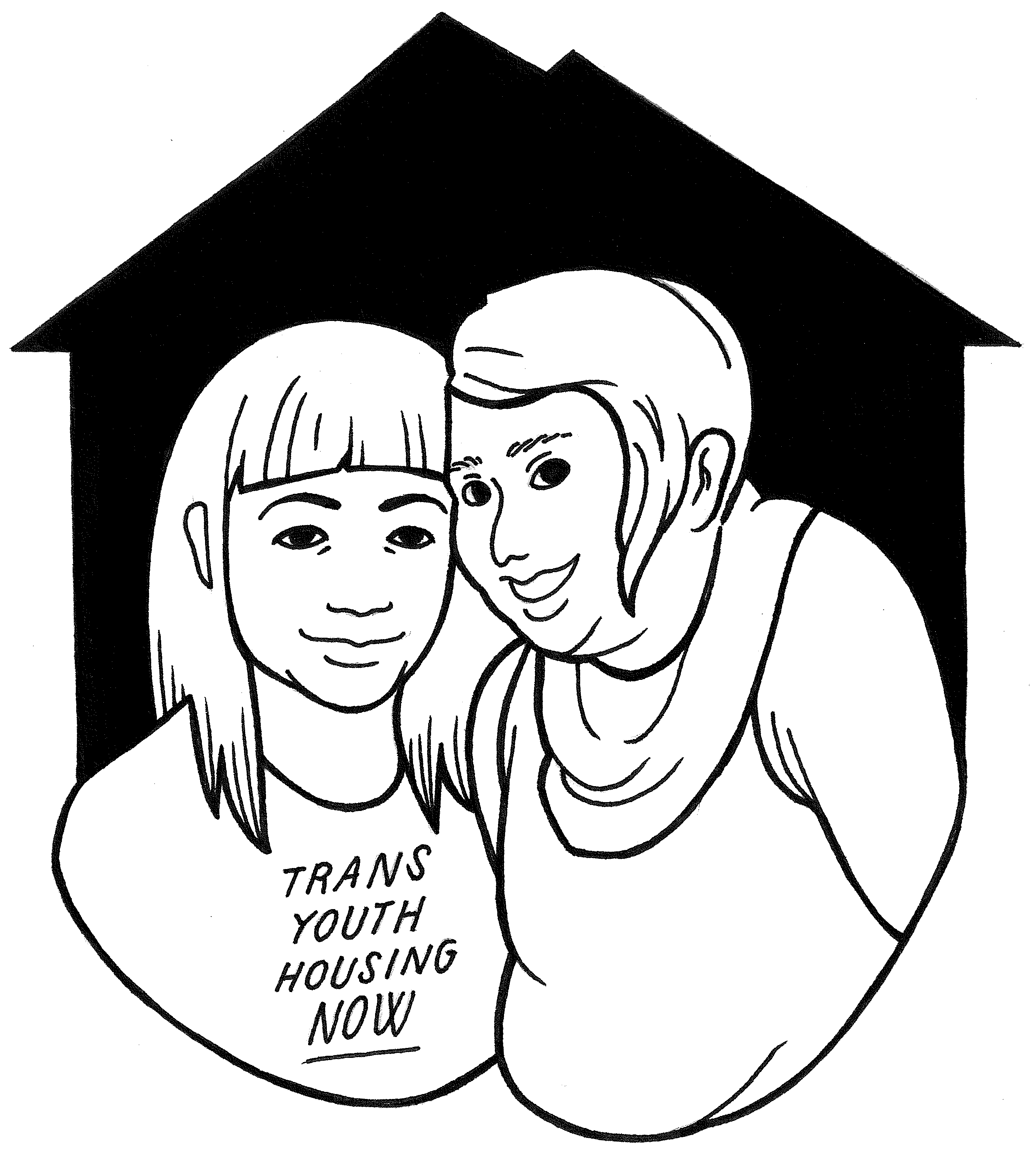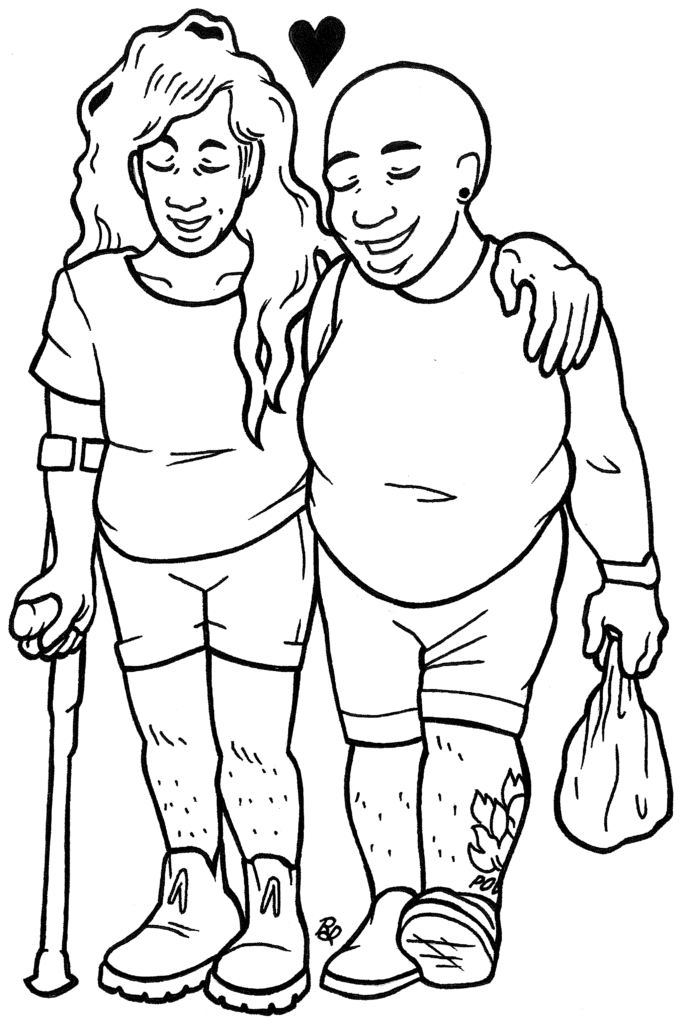We are glad you found this guide! Whether you are thinking of, about to or already providing crisis support, physical or behavioral care, youth services, domestic or sexual violence advocacy services, shelter or housing, legal services, or any other type of human services, please consider reading this guide and participating in ongoing learning about providing support for trans people.
Trans people still face discrimination and stigma that can prevent us from accessing health and human services programs. By the time many of us have arrived at your office or practice, we have probably had a number of poor experiences with providers who did not provide services from a trans competent approach. Overall, we are less likely to verbalize problems, have a historical lack of screening, have delayed treatment, and have poorer health in comparison to your cisgender patients.
We want to partner and collaborate with you for the best services possible! Please treat us as the experts on our own bodies and histories – we are all different. Trans health and well-being is a newer aspect to service provision and there are many aspects to our care that can be universally applied to all services you provide.
We recognize that we may not fit into your personal ideas of gender expression or identity. However, it is vital that you fully accept and respect our stated gender identity to provide us with the very best care possible. Please ask each of us the name we want to be called and what term we use to describe our gender identities, because our “official documents” may not reflect that. Ask us what pronouns we use, and don’t make us check a M/F binary gender box.
If you are a healthcare provider, there are so many wonderful resources out there for you. The Gay and Lesbian Medical Association (GLMA) has released “Ten Things Transgender Persons Should Discuss with their Healthcare Provider”, which is a great starting place if you are providing our primary care, prescribing hormones or consulting with us around a surgical intervention. We need your flexibility and trauma informed approaches to understanding our health histories and healthcare goals.
Challenges Trans People Face
Trans people commonly face a multitude of barriers when trying to access basic services and support, or even simply while living day to day. This includes experiencing:
- Poverty
- Homelessness
- Unemployment
- Bullying in schools
- Violence
- Social stigma
- Discrimination
- Bathroom anxiety or harassment
- Substandard medical care
- Rejected identity documents
- Invasive questions or assumptions about our bodies

Gender Diversity
Understand that trans people are as diverse as any other group of people you serve and share a community with. Like all people, we present ourselves in a myriad of ways; there is no one way to “look” or be trans. We identify along a spectrum of sexual orientations. We may or may not decide to transition, whether that is through social presentation or medical treatments or procedures. We get to decide when, to whom, and how to disclose that information. Many of us face additional stress navigating institutional barriers due to our race, ability, mental health, legal status, and more.
A Note on Disability Access
Disabled trans people experience an incredible amount of systemic barriers to care and basic services every single day. Even if services are trans friendly, if they’re not accommodating to our disabilities, we will still be unable to access them. Some common examples of access include wheelchair accessible facilities and bathrooms, ASL interpreters, enforced scent free policies and elevators that work consistently. Ongoing discrimination, questioning of our competence, and risk of violence and abuse are reasons many disabled trans people experience fear, anxiety, or hesitation when trying to access services. Providing a welcoming environment requires a willingness to listen and make adjustments as needed. Access is a process, and flexibility is key.
Because access can mean so many different things, it’s essential to make your services and workplaces as accessible as possible, to the widest range of people possible. In many cases, this is required by law. Making a commitment to accessibility in your workplace can be a daunting task, so we’ve included some resources for you to the right to help you navigate the federal and Washington State laws that protect disability rights. We’ve also included an accessibility audit with which you can thoroughly review every aspect of your workplace. Many of the organizations listed in the disability support section on page 17 can also give in-person trainings on accessibility.
Understand that trans access and disability access are closely intertwined. That all bodies deserve care. That making a commitment to access is an ethical and political act. By improving and embracing your accessibility practices, using the strategies mentioned above and the resources listed below, you will send the message that each of us is invaluable and indispensable exactly as we are. We hope you will use this guide to live out that commitment to accessibility.
